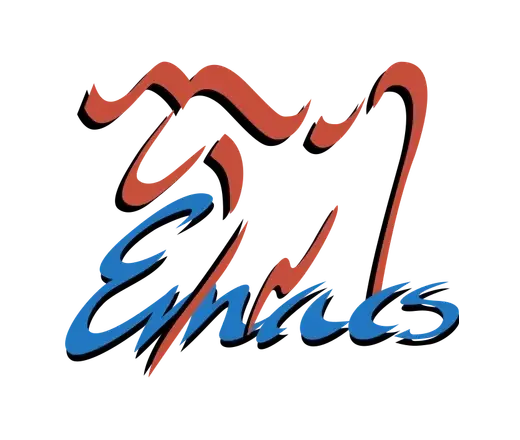While a for-loop is a straightforward construct in other programming languages, the loop macro, despite its power, can present challenges due to its intricacy. I find myself frustrated by its complexity.
However, its conceptual abstractions are intriguing. Take, for example, the following code snippet:
(loop for i below 10 sum i)
The utilization of the term “below” in this context is particularly striking. Contrastingly, in languages like JavaScript, I typically read “i < 10” as “i less than 10,” pronouncing the two words “less than” in order to read the “<” symbol.
The act of reading “<” as “less than” momentarily interrupts my cognitive flow between the two words. The loop macro condenses it as a single word, “below,” allowing me to pronounce “i < 10” more succinctly and smoothly, without interruption. Another viable alternative could be “under.”
Moreover, the expression `1 < i < 10` can be read as “from 1 to 10.”
(loop for i from 1 to 10 sum i)
It enhance code readability mentally and streamline cognitive processing.
loopalso has other conveniences likeupto,downto,by,collect,concat,with VAR = FOO then BAR, etc.

